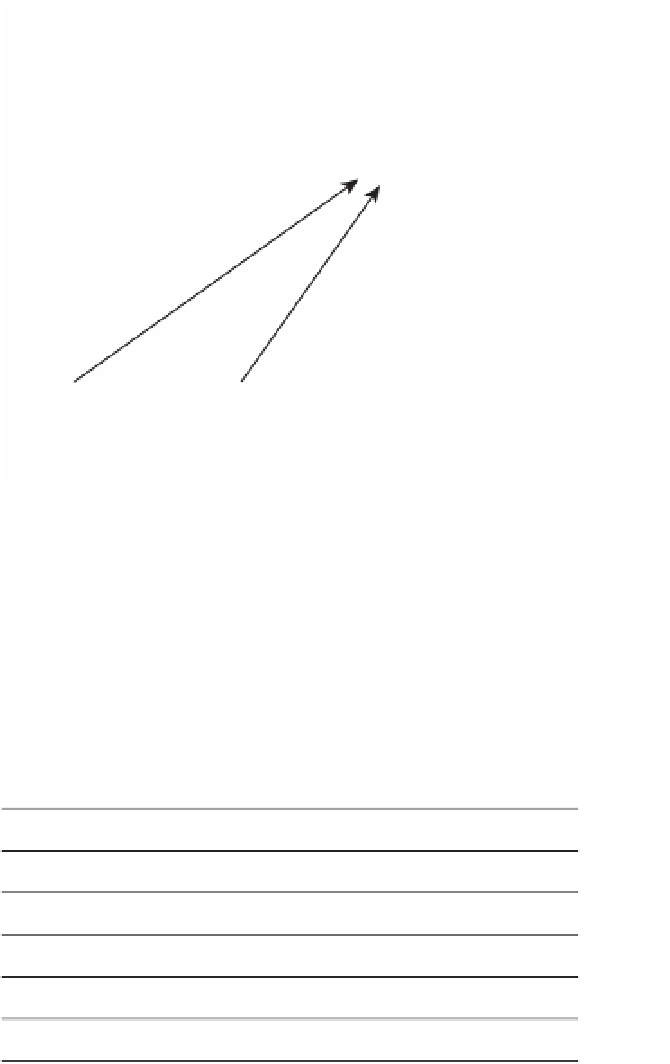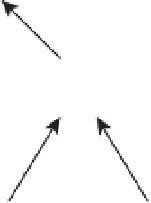Information Technology Reference
In-Depth Information
Figure 11-18 shows another example of route summarization. All the edge routers send
network information to their upstream routers. Router E summarizes its two LAN networks
by sending 192.168.16.0/23 to Router A. Router F summarizes its two LAN networks by
sending 192.168.18.0/23. Router B summarizes the networks it receives from Routers
C and D. Routers B, E, and F send their routes to Router A. Router A sends a single route
(192.168.16.0/21) to its upstream router, instead of sending eight routes. This process re-
duces the number of networks that upstream routers need to include in routing updates.
192.168.16.0/21
Router A
192.168.20.0/22
Router B
192.168.16.0/23
192.168.18.0/23
Router E
Router F
Router C
Router D
192.168.16.0/24
192.168.17.0/24
192.168.18.0/24
192.168.20.0/24
192.168.22.0/24
192.168.19.0/24
192.168.21.0/24
192.168.23.0/24
Figure 11-18
Route Summarization
Notice in Table 11-8 that all the Class C networks share a bit boundary with 21 common
bits. The networks are different on the 22nd bit and thus cannot be summarized beyond
the 21st bit. All these networks are summarized with 192.168.16.0/21.
Ta b l e 1 1- 8
Summarization of Networks
Binary Address
IP Network
11000000 10101000 00010000 00000000
192.168.16.0
11000000 10101000 00010001 00000000
192.168.17.0
11000000 10101000 00010010 00000000
192.168.18.0
11000000 10101000 00010011 00000000
192.168.19.0
11000000 10101000 00010100 00000000
192.168.20.0
11000000 10101000 00010101 00000000
192.168.21.0
11000000 10101000 00010110 00000000
192.168.22.0
11000000 10101000 00010111 00000000
192.168.23.0






